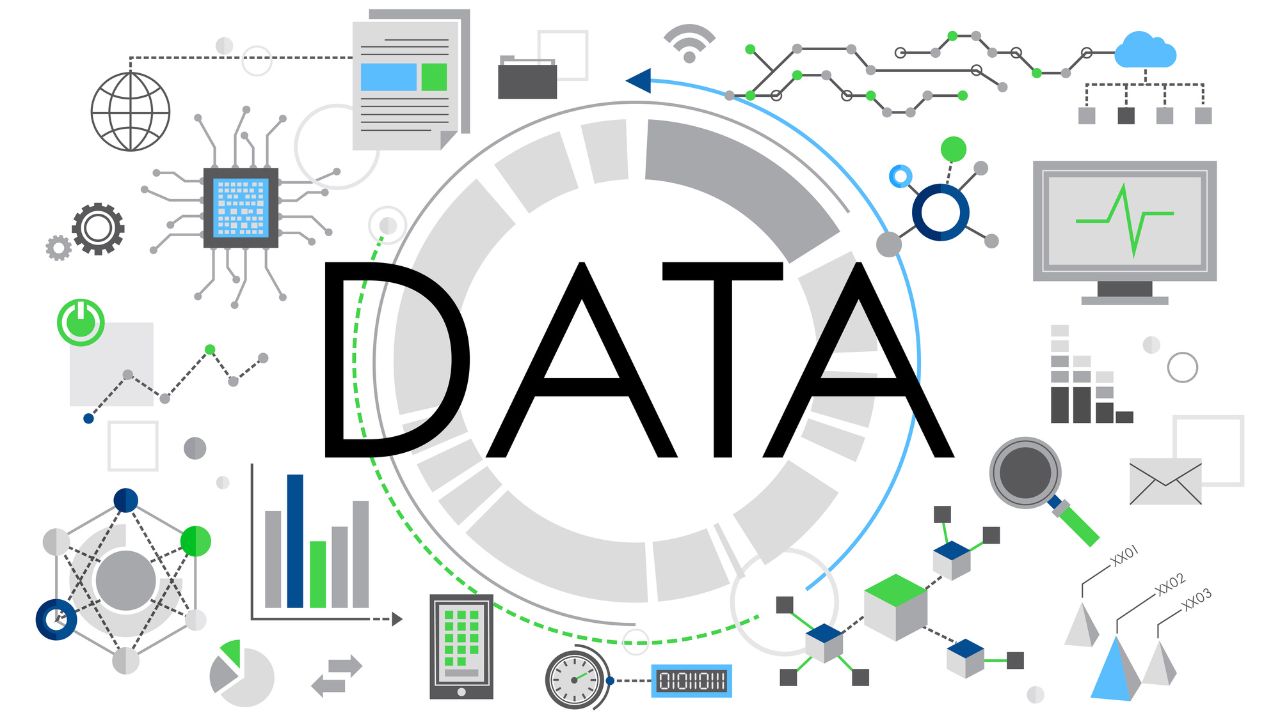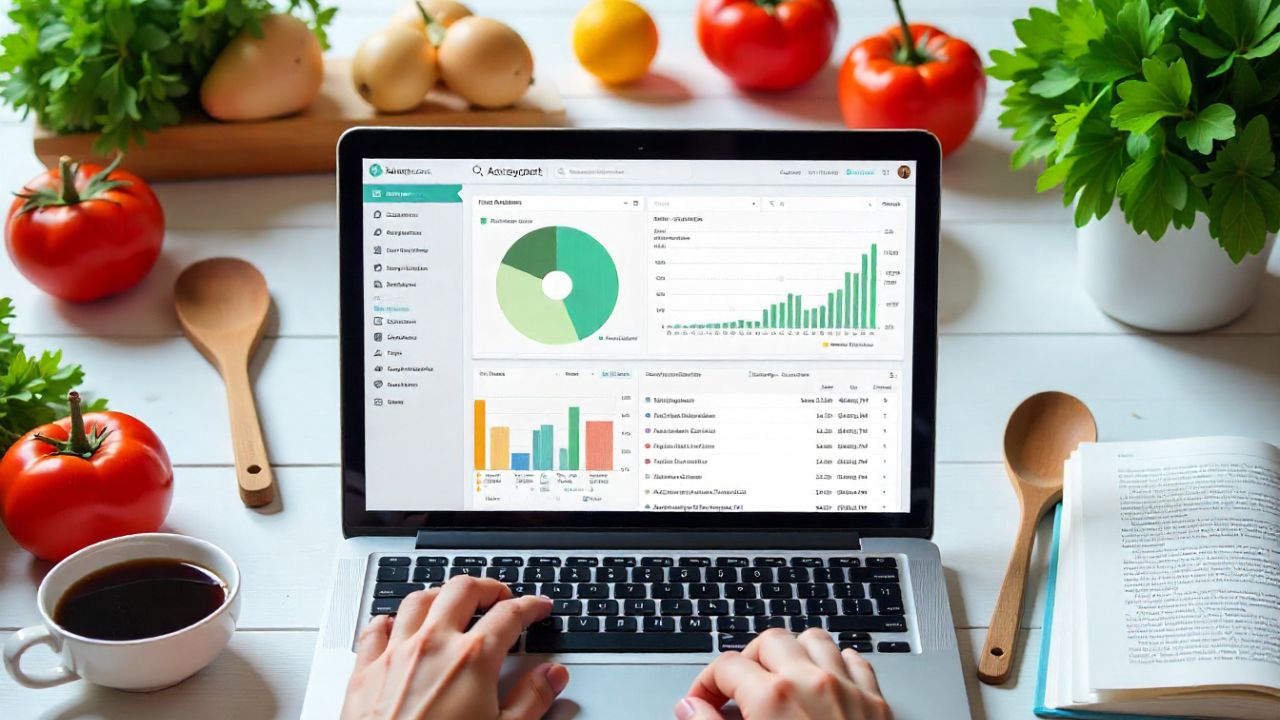Home < Blog < How to Use Real Estate Datasets to Predict Property Prices?
How to Use Real Estate Datasets to Predict Property Prices?
Posted on: June 03, 2024
Predicting property prices is a crucial task in the real estate market, impacting buyers, sellers, investors, and professionals alike. Accurate forecasts can lead to better investment decisions, optimized pricing strategies, and a deeper understanding of market dynamics.
This article will guide you through the process of leveraging real estate datasets to predict property prices effectively, from understanding the types of data available to implementing advanced predictive models.
Understanding Real Estate Datasets
Types of Real Estate Data
Property Characteristics: These include details such as the size of the property, type (e.g., single-family home, apartment), age, number of bedrooms and bathrooms, and any unique features (e.g., swimming pool, garden). This data helps in understanding the intrinsic value of a property.
Transaction Data: Historical sales prices, transaction dates, and the volume of sales provide insights into market trends and price fluctuations over time.
Geographical Data: Location-specific information such as the neighbourhood, proximity to amenities (schools, parks, shopping centres), crime rates, and overall livability index are crucial for determining a property's desirability.
Economic Indicators: Factors like interest rates, employment rates, inflation, and economic growth can significantly influence property prices.
1.Sources of Real Estate Data
Public Records: Government databases and municipal records offer a wealth of information about property transactions, ownership details, and tax assessments.
Private Databases: Multiple Listing Service (MLS) databases, real estate websites (like Zillow and Realtor.com), and property listing platforms provide comprehensive data on current listings and market trends.
Market Reports: Industry reports and market analyses from real estate agencies and financial institutions provide macro-level insights and forecasts.
2. Preparing the Data for Analysis
Data Collection
Finding Reliable Sources: Ensure that the data you collect is accurate and comprehensive. Reliable sources include government records, established real estate platforms, and reputable market reports.
Data Scraping and API Integration: Utilize web scraping tools and APIs to gather data from various sources. This method allows for continuous and automated data collection.
Data Cleaning
Handling Missing Values: Address missing data through imputation techniques (e.g., mean substitution) or by excluding incomplete records if the missing data is minimal.
Normalizing Data: Standardize data formats and units to ensure consistency. For example, convert all area measurements to square feet or square meters.
Data Enrichment
Adding External Data: Incorporate additional data such as economic indicators, demographic information, and local development plans to enhance your dataset.
Feature Engineering: Create new variables that better capture the underlying patterns in your data. For instance, you might combine property size and the number of bedrooms to create a "space per bedroom" feature.
3. Analytical Techniques for Price Prediction
Statistical Methods
Regression Analysis: Linear regression and multiple regression models are fundamental techniques for predicting property prices based on various independent variables (e.g., size, location, and age).
Hedonic Pricing Models: These models estimate the value of a property by analyzing its characteristics. For example, the price of a home can be decomposed into the value contributed by its location, size, number of bedrooms, etc.
Machine learning models
Supervised Learning: Advanced algorithms like Random Forest, Gradient Boosting, and Neural Networks can handle large datasets with many variables, improving prediction accuracy.
Model Training and Validation: Split your data into training and testing sets to validate model performance. Use cross-validation techniques to ensure your model generalizes well to unseen data.
4. Implementing predictive models
Model Selection
Comparing Model Performance: Evaluate models using metrics such as root mean squared error (RMSE), mean absolute error (MAE), and R-squared to determine accuracy.
Choosing the Best Model: Balance accuracy with interpretability. Sometimes, a slightly less accurate model may be preferable if it provides more understandable insights.
Model Deployment
Integration with Real Estate Platforms: Develop APIs and web interfaces to integrate predictive models with real estate platforms, allowing users to access price predictions easily.
Continuous Learning: Keep your models up-to-date by regularly incorporating new data and re-evaluating model performance.
5. Case Studies and Applications
Successful Predictions
Examples of Accurate Predictions: Highlight real-world applications where predictive models have accurately forecasted property prices, leading to successful investments and optimized pricing strategies.
Lessons Learned: Discuss key takeaways from these success stories, such as the importance of data quality and the choice of appropriate models.
Challenges and limitations
Data Limitations: Address issues like incomplete or outdated data, which can affect prediction accuracy.
Model Limitations: Discuss potential challenges such as overfitting, where a model performs well on training data but poorly on new, unseen data, and the difficulty in interpreting complex machine learning models.
6. Future Trends in Real Estate Price Prediction
Emerging Technologies
AI and Deep Learning: Explore the potential of advanced AI techniques to enhance prediction accuracy and provide deeper insights.
Blockchain and Smart Contracts: Discuss how blockchain technology can improve data transparency and security, facilitating more accurate and trustworthy predictions.
Market Trends
Impact of Economic Changes: Analyze how market fluctuations and economic changes affect predictive accuracy and strategies.
Regulatory Changes: Consider the influence of new regulations on data accessibility and the ethical use of predictive models in real estate.
Conclusion
The future of real estate analytics is promising, with data-driven decision-making becoming increasingly crucial. By understanding and utilizing real estate datasets, professionals can stay ahead of market trends and make informed decisions.
Latest Posts
Find a right dataset that you are looking for from crawl feeds store.
Submit data request if not able to find right dataset.
Custom request




